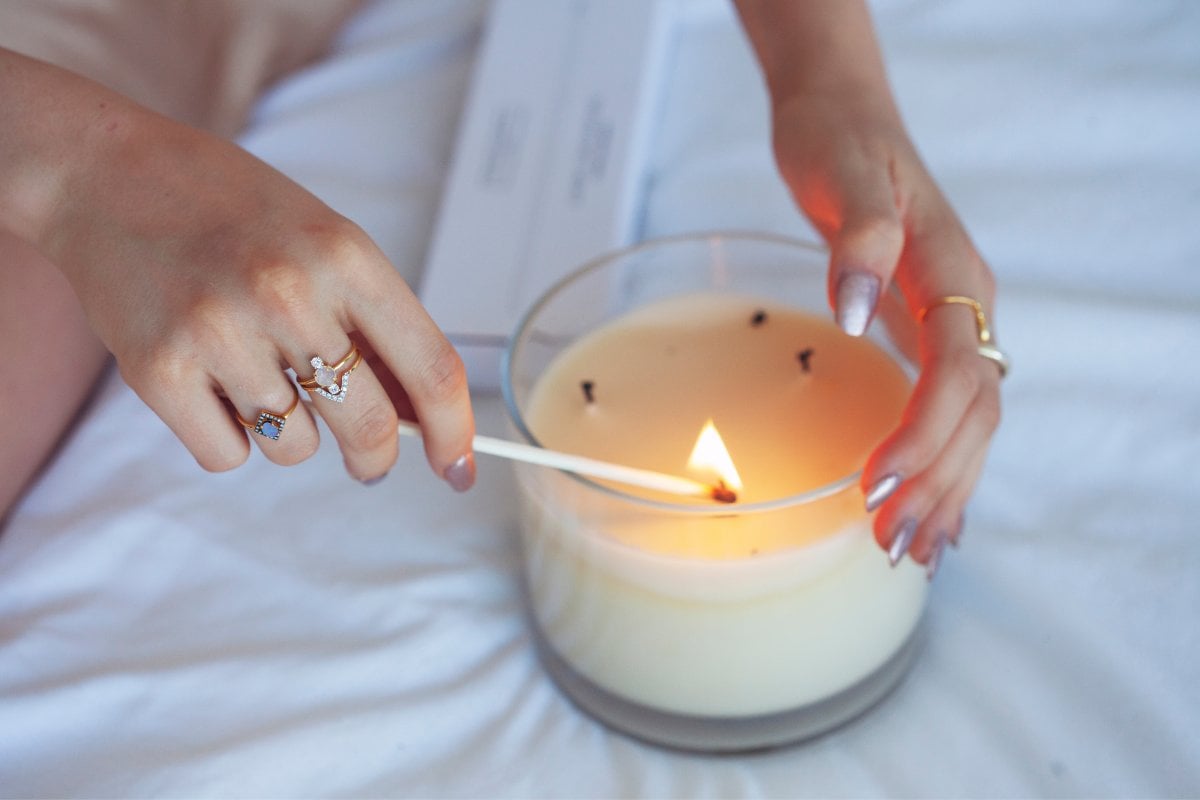
*Glimmer warning: reading this might make you feel calm, joyful and A-okay.*
If you've heard of glimmers, lucky you. And if you haven't, strap yourself in for a cute new word that will make you soft smile like a genuinely contented person.
We've been talking about glimmers a LOT over the past few months in the Mamamia office, after Out Loud hosts Mia and Holly shared their own – and I promise you, it's a conversation you want to be having with your friends, too.
I guess... talking about glimmers is a glimmer?
But I'm getting way way ahead of myself – let's go back to the beginning. (Beglimmering? Too much? Okay, fair enough.)
Listen to Mia Freedman and Holly Waiwright's glimmers. Post continues below.
What is a glimmer?
Friends, it's so simple, I can't even fancy it up for you. (But that just adds to the beauty of this concept.)
A glimmer is literally just the opposite of a trigger. That's it. It's that easy and I'm feeling sweeter inside already.
Glimmers are the little things that make you feel calm, give you a sense of peace, ground you in the moment, and provide you with the general overall vibe that everything is okay.
We're not talking about Big Ticket Joy – tropical holidays, best friends' weddings, scoring that promotion. Glimmers are the little things that signal to your nervous system that you can relax, you are safe; that there's no need to be alert OR alarmed.